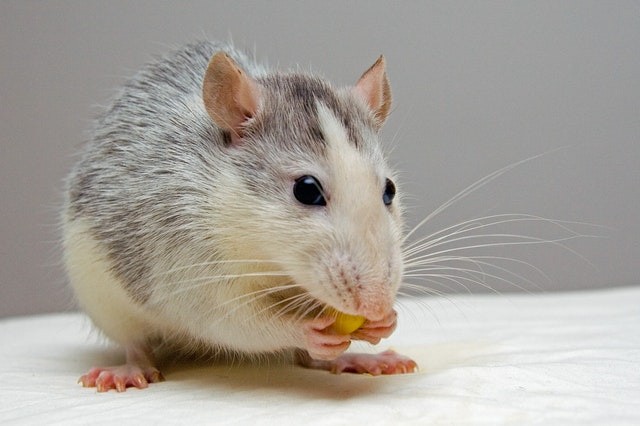In April, Undercover footage that is very disturbing to watch was revealed from a Spanish research facility that experiments on non-human animals. Cruelty Free International (CFI) released the footage that was recorded at Madrid-based Vivotecnia. It revealed numerous cases of clear cruelty, some of which may have been against the rule.
Increasingly, however, scientists are searching for alternatives to such testing. Here are 7 groundbreaking instances.

1. Hormone-like Substances Test
The German Centre for the Protection of Laboratory Animals (Bf3R), which is among the German Federal Institute for Risk Assessment (BfR), has initiated a test to help in identifying the effect hormone-like substances have on human cells. There are various chemicals that can disturb or interfere with the hormones of the human body - the endocrine system - and lead to health problems. These are called endocrine disruptors.
2. Wound Healing Study
The Department of Biomedical Engineering of Boston University and Harvard's Wyss Institute have developed a model for studying wound healing in humans without using other animals. As Citizens for Alternatives to Animal Research (CAARE) revealed, researchers usually perform " expensive and painful procedures" on rats, pigs, dogs, sheep and mice to experiment about wound healing in humans.
3. Chemicals and Reproductive Health
The Technical University of Denmark has introduced a method for identifying chemicals, especially in relation to pesticides, that have a bad impact on the reproductive health of men. The novel technique by scientists at the university's National Food Institute has to do with in vitro methods and computational models.
4. Acute Toxicity Test
UK-based laboratory XCellR8 claim to introduce "the first actual animal-free preliminary screen for acute oral toxicity in human." Its AcutoX test is a human cell-based technique that has to do with human dermal fibroblasts. It appraises the damage of cell membrane from oral toxicity "as an end point."
5. Testing For the Risk of Cancer
Swansea Medicine's In vitro toxicology group (IVTG) has initiated a cell-based test for determining whether chemicals can lead to cancer. In Europe, scientists usually test such likely carcinogenic chemicals on rodents. But IVTG produced an in-vitro model for testing which coupled together "multiple human cell aberrations that are known to be crucial in the development of cancer."
6. Chemosynthetic Livers
Dr. Mukund Chorghade in 2014 initiated a detailed in-vitro technology called the "chemosynthetic liver." Scientists made claims that the technology can possibly replace humans' use of other animals in performing drugs tests due to the fact that it is a replacement for metabolic profiling. This profiling ordinarily has to do with researchers giving new drugs to animals in laboratories.

7. Organ-on-a-chip
Experts are growing human cells on minute scaffolds in a way that imitates the functioning of organs, called "organs-on-a-chip." These can act like organs such as the lungs, heart, and kidneys. They offer a further possible way to test the effect of drugs and substances on human cells.
Related Article : Animals Cut Open Without Anesthesia: Leaked Footage Shows Brutal Animal Testing at Spanish Lab
For more news, updates about animal testing and similar topics don't forget to follow Nature World News!
© 2025 NatureWorldNews.com All rights reserved. Do not reproduce without permission.





